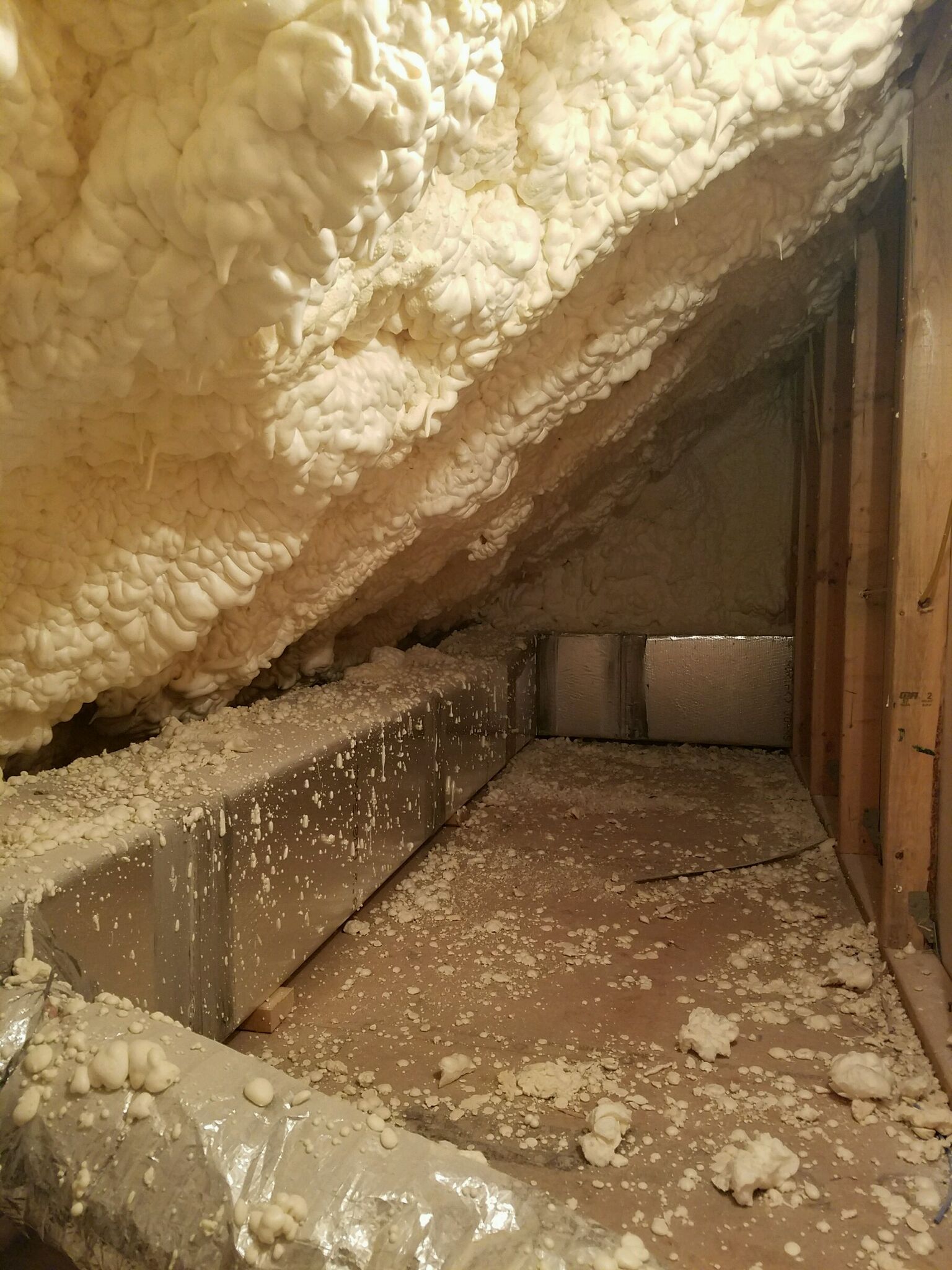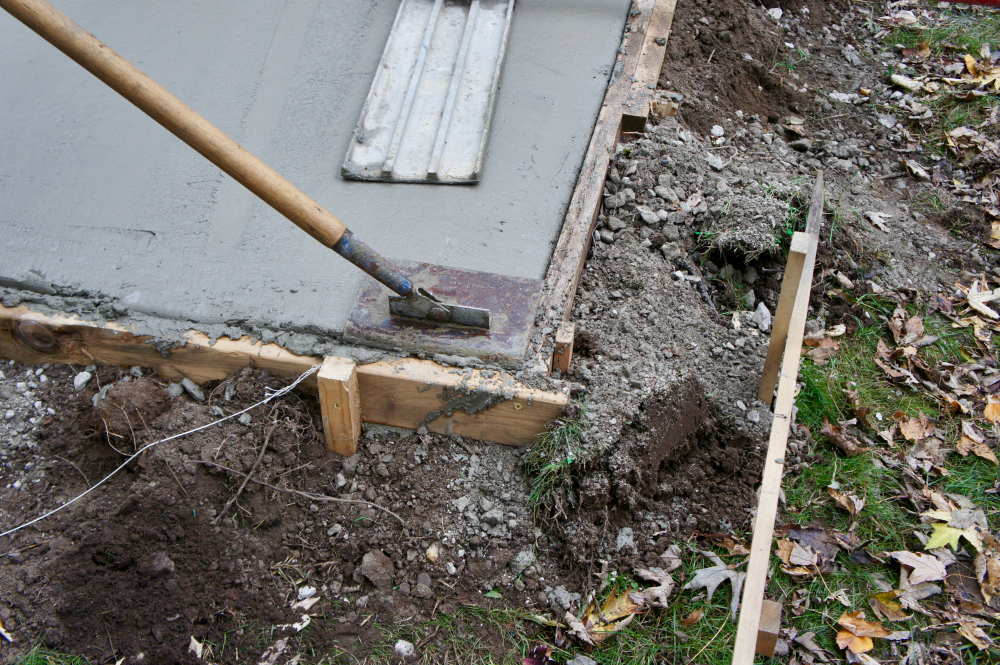The secretive behavior of termites and other wood destroy- ing organisms make them difficult to detect, even under the best of circumstances.

A home represents the single largest investment that most people make in their lifetimes and investing in termite and other wood destroying organism protection is one of the most important decisions you can make for your property. Arrow and its Family of Companies work to control infestations and protect your property from future infestations. We cannot be successful in protecting your property without the ability to periodically inspect your home for potential infestations.
The following information is provided to educate you on how changes to your home following a termite and other wood destroying organism treatment can impact the effectiveness of the wood destroying organism treatment, impair your pest management professional’s ability to detect a termite or wood destroying organism reinfestation early, negatively impact your termite or wood destroying organism warranty coverage and result in potentially costly damages and repair in the future.
Even well intentioned changes designed to improve the appearance, energy efficiency, or resale value of your home can impact your termite and other wood destroying organisms protection and warranty.
Before making alterations to the exterior perimeter or substructure of your home, consult with your Arrow pest management professional. The vast majority of the structural timbers in most structures are concealed by walls, ceilings and floors. Basement and crawlspace construction provide the last remaining glimpses into the locations in closest proximity to where termites and other wood destroying organisms originate.
Arrow service professionals carefully inspect the substructure of your home including foundation walls, sill plates, band boards and joists for signs of termites and other wood destroying organisms and their damage. Covering these inspection locations can seriously impede our ability to see the areas most prone to attack by termites and other wood destroying organisms and in many cases could void your termite coverage due to contractual language in our agreement.
Some examples include:
UPGRADES TO THE STRUCTURE:

Upgrades and improvements to the structure are beneficial but may have unforeseen impacts on your termite protection. Before making upgrades to your home, contact your Arrow Pest Management Professional to schedule an appointment to discuss how alterations could affect your current pest protection agreement.
ADDITIONS AND ALTERATIONS TO THE STRUCTURE:
Additions and alterations to a property can interfere with the effectiveness of a treatment and protection from termite infestation. Before making additions or alterations to your existing structure, consult with your Arrow Pest Management Professional to schedule necessary treatments, retreatments or alterations to your termite protection.
 Building An Addition To The Existing Structure - When planning an addition or alteration that impacts existing foundation walls, the erection of new foundation walls, or changes to patios or slabs adjacent to the building, alert us before works begins. Alterations to the soil adjacent to existing foundations can impact the effectiveness of treatments. Soil or wood that was treated during preconstruction, or bait treatments provide the greatest level of protection with the least amount of disturbance to the structure.
Building An Addition To The Existing Structure - When planning an addition or alteration that impacts existing foundation walls, the erection of new foundation walls, or changes to patios or slabs adjacent to the building, alert us before works begins. Alterations to the soil adjacent to existing foundations can impact the effectiveness of treatments. Soil or wood that was treated during preconstruction, or bait treatments provide the greatest level of protection with the least amount of disturbance to the structure.
THE BOTTOM LINE:
The secretive behavior of termites and other wood destroy- ing organisms make them difficult to detect, even under the best of circumstances. Before undertaking any changes to your home that may cover up portions of the structure that were previously visible for inspection, alert us to ensure that your warranty protection isn’t impacted. Additionally, whenever the footprint of your home changes, contact us to devise a plan to protect the structure before work begins.